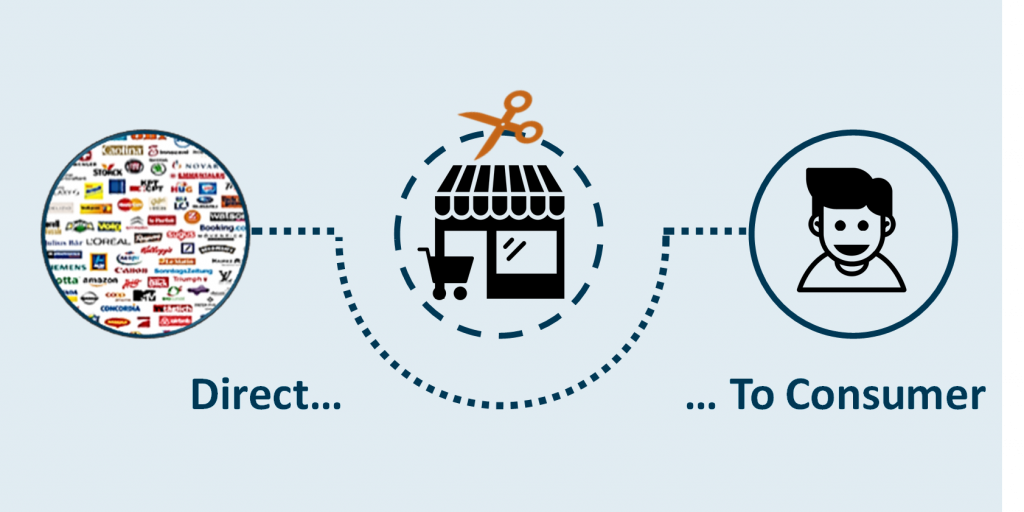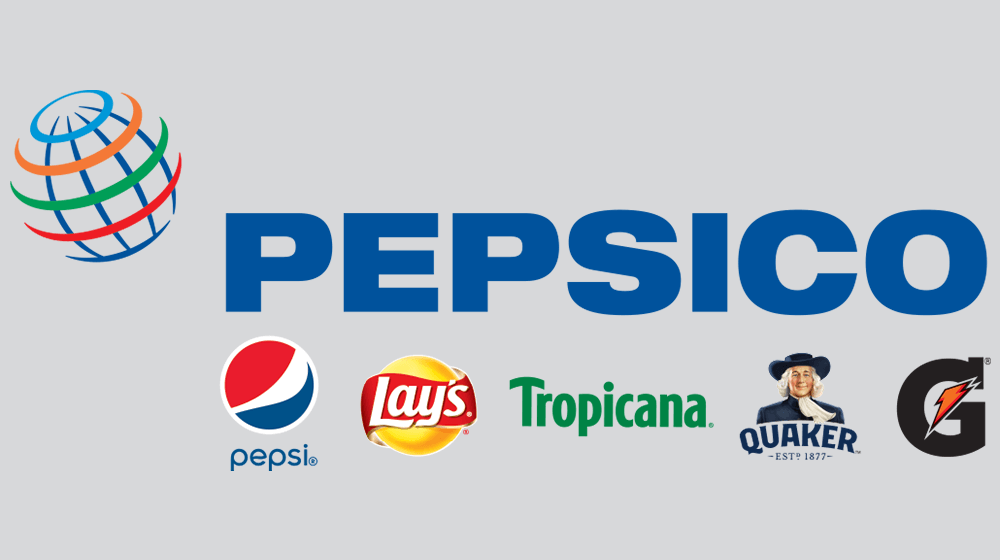In today’s world, a consumer desire for more genuine brand experiences and an online marketer desire for closer relationships with customers. That causes a surge of direct-to-consumer (D2C) brands over the past few years. D2C interferes with recognized markets and cuts out the seller to own the end-to-end relationship.
About D2C Brands
Typically, D2C brand names tend to be born out of the web. They targeted directly at younger audiences, digital locals, millennials. That not only made them nimble and fast-moving however also very data-driven, getting access to consumer insights.
“Direct-to-consumer commerce has been enhanced by the explosion of the Web. E-commerce supplies a more hassle-free and frictionless purchasing experience,” stated Peter Edlund, chief solutions evangelist at DiCentral.
D2C brand names are generally startups, with higher prospective margins than basic eCommerce operations. Some great examples of D2C brand names consist of Dollar Shave Club, Abel, and Glossier Cosmetics. These businesses are assaulting big CPG product portfolios by specializing in one area. Then, they establish direct-to-consumer relationships concentrated on subscription, eCommerce, data, and exceptional consumer experience.
In an interview with the Ecommerce Times, Peter said: “The digital experience has become richer in terms of item quality and delivery time info, along with the shipment of info, such as images and video.” He included, “In addition, with client loyalty programs, this digital experience can be customized to match the interests of the specific shopper.”
The Secret to D2C Success
Among the secrets to D2C success is maintaining a sense of significance with consumers. Omer Artun, CEO of AgilOne explained: “Acting off a merged customer profile that has been cleaned, deduped, and sewn together into a master client record helps guarantee that these omnichannel interactions feel smooth to the customer and are possible by the marketer.”
Besides innovation, the success of D2C originates from the concept of the single consumer view. They have aligned their groups and then, adjusted their groups’ KPIs and priorities around this shared initiative.
“For example, retailers that have lined up store goals with e-commerce goals drive greater general income for the business, however merchants whose e-commerce group remains siloed from shops will cut into their margin, replicate efforts, and exhaust clients with too lots of marketing communications that feel disjointed,” he gave more detail.
Another key for D2C to be successful is making complete use of their own websites and apps to market to consumers. Mike Hann, president of Poq told the E-Commerce Times that brands are servicing unique and personalized content to their faithful clients through the similarity of customized messaging within apps.
“Some have even produced ‘stories’ functions within their own apps for shoppers to feel closer to the brand name,” Hann kept in mind. “This allows them to share relevant and customized content about products and their inspiration, and to convey business’ values in order to make a meaningful connection.”

D2C 2.0
New and evolving technologies will determine how D2C eCommerce will appear in the future.
“Organizations that succeed in direct-to-consumer strategies will continue to use innovation to differentiate themselves in the digital marketplace,” said DiCentral’s Edlund.
“For example, Ralph Lauren has revealed digital item identities for millions of its products,” he noted. “By scanning the digital product ID on the product label with a mobile phone, consumers can verify whether their purchase is authentically Ralph Lauren, discover the product characteristic information and gain access to styling ideas and tips.”
In addition to technologies, customers likewise have a great influence on the future of D2C eCommerce.
“We remain in a pivotal minute for D2C marketing, where consumers are taking control of their information and specifying how they wish to have brand names engage with them,” said AgilOne’s Artun.
“In big part, this is being driven by brand-new policies, such as GDPR and the California Consumer Privacy Act,” he noted.
“D2C brands that welcome this shift toward the empowered customer will be the ones that grow,” Artun forecasted. “Overall, the industry is shifting towards making first-party client information more leverageable and profitable by focusing on providing clients the experiences they want. The old-school ‘batch and blast’ techniques do not fit within the brand-new regulative environment; nor do they fit with consumer’s expectations of a contemporary brand name relationship.”
















